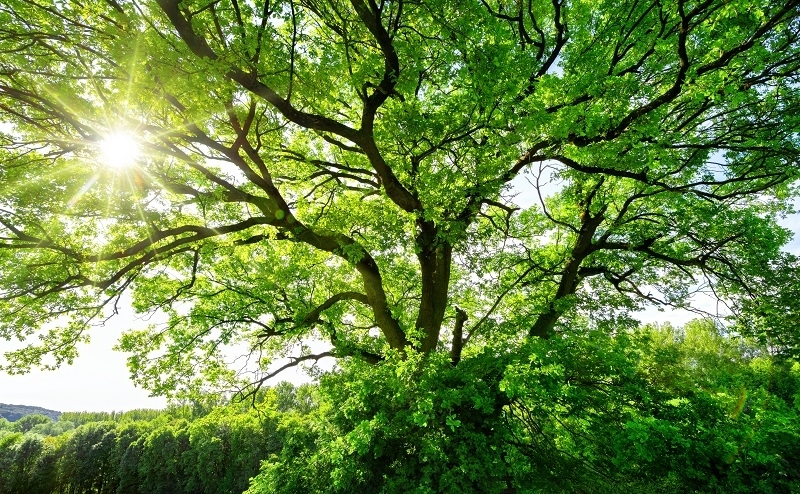How Trees Communicate
Published: 14/06/21 By: Mike Bekin
While we appreciate the timber and other resources that trees offer us, it is important to remember that they are living beings as well.
Today, we want to take a look at the inherent interconnectivity of trees, so we can better understand and appreciate the variety of things they do for us.
So, How Do They Communicate?
It is common for us to picture forests and see the trees swaying together, but the real secret lies below.
Over the last few years, scientists have dug into the underground world to better understand how trees flourish together. The answer seems to be fungi.
These fungi permeate the earth beneath our feet,including near tree roots.The fungi do this to set up a network for growth. They provide nutrients to the trees and, in return, the trees offer them sugars vital to their survival.
However, this isn’t the only purpose the fungi serve. Through this trading process, they have set up a network of connections between the trees, this is known as a Mycorrhizal Network. This can come in the form of endomycorrhizal or ectomycorrhizal systems.
Ecto networks are based around coating roots and spreading between cells, whereas an endo network aims to pierce cells directly.
The trees use these fungal connections to funnel resources to one another, keeping groups of trees healthy and thriving.
In the event of a tree dying, they are likely to mass deposit their resources, spreading them to healthier variants in the area.
How Does This Affect The Life of Trees?
After establishing this fact, it was brought to light that trees are in fact very communal organisms. They can often be found creating alliances with other species, to ensure that all their needs are met.
“Mother Trees” that have shaded saplings within their vicinity, will provide additional nutrients to them through this network, helping to create larger and stronger trees.
Although trees are largely communal, some trees will actively try to sabotage rivals within the area. This can be seen best with the black walnut species.
The black walnut tree actively produces and distributes harmful and toxic chemicals. If intercepted, this causes harm to the surrounding trees, giving the black walnut more space to grow.
As well as trees, plants can also exist within this network. However, this does not mean that there are more resources to go around. Species of plants such as orchids tap into this system to use it for their own gain.
Some trees have developed specific methods of communication, like the umbrella thorn acacia in the Sahara desert.
As giraffes eat the leaves of the acacia trees, distress signals are sent by the trees to their neighbours using ethylene gas. Any acacia that is able to detect the gas starts to produce tannins within its leaves.
These tannins are unsavoury and even dangerous to herbivores, leading to certain unfavourable outcomes for our long-necked friends.
We hope you’ve enjoyed this brief excavation into the secret world of trees. Be sure to follow our blog for other interesting topics that may spring from the ground.
Should any questions sprout, give us a call on 0345 638 1340 and we will be happy to help.
Image: Smileus / Shutterstock.com
